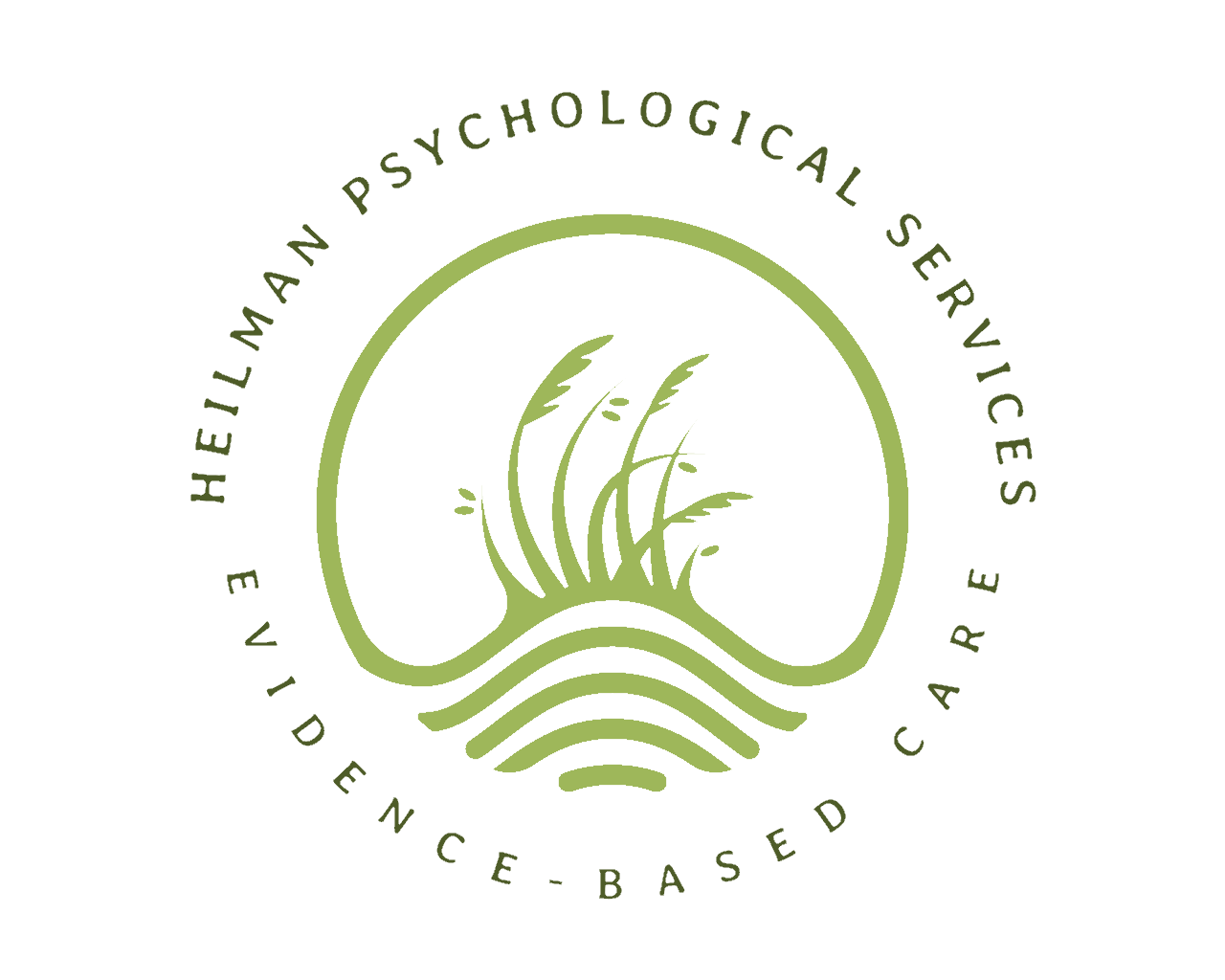Exposure and Response Prevention: Evidence-based treatment for OCD and anxiety
As an OCD and anxiety specialist, one of the main treatments I utilize is called Exposure and Response Prevention (ERP). The name itself can sound somewhat intimidating. When we think of the word, “exposure” it sounds like “exposed” which can make a person feel vulnerable right out of the gate.
ERP can be very challenging, but the potential rewards are great. One way to think about ERP is that it is a treatment designed to create new, healthier learning experiences. While development of OCD and other anxiety disorders can be complex, one thing we know is that avoidance of our fears is a key part of the anxiety cycle. The anxiety cycle involves intrusive thoughts or obsessions about the feared situation which leads to avoidance. This provides short-term relief which then strengthens anxiety in the long-term. I collaborate with clients to help break the vicious cycle.
The “exposure” part of treatment involves getting a thorough understanding of obsessions, feared situations, and feared consequences. Together with the client, we work to create what is called an exposure hierarchy. This is a list of triggers and feared situations associated with obsessions. For example, if the client fears contamination, the hierarchy might include situations such as touching public doorknobs, using public restrooms, and eating at restaurants. Part of treatment would involve exposure to these feared situations. We would also discuss the feared consequences of being in such situations. Contamination OCD is often associated with fears of becoming ill or being disgusted. After each exposure assignment, clients are instructed to record what they learned (e.g. The client may learn they did not get sick after using a public restroom).
The second part of ERP is called “response prevention” and it addresses the safety behaviors that a person uses to try to reduce anxiety. Some examples of safety behaviors include avoidance, checking and reassurance-seeking, and compulsive behaviors. In the case of someone who has contamination fears, they may avoid going to the grocery store due to fear of becoming ill. Checking behaviors might include excessive research on the internet regarding signs of a feared medical condition. Many individuals will seek reassurance from a spouse or others regarding the safety of a situation (e.g. “Do you think I’ll get sick from using that silverware?”). Additionally, individuals may engage in excessive handwashing rituals/compulsions.
Clients often express confusion about why safety behaviors can be harmful. They are problematic for a few reasons. The use of safety behaviors is a form of avoidance and prevents us from directly testing our fears. Additionally, safety behaviors reinforce the brain’s interpretation of the situation as dangerous which leads to long-term anxiety.
An example exposure assignment might include having a client visit various public places throughout the week. The client would be instructed to touch as many doorknobs as possible with their bare hands. I would assist the client with identifying safety behaviors they might be tempted to use throughout the week and then discuss a plan to refrain from using them. In this scenario, the client would be instructed to refrain from handwashing after touching public doorknobs. We might decide to limit handwashing to only one time for 20 seconds before meals, once after using the restroom, and after getting a substance on their hands, such as something sticky. The client would be instructed to refrain from any other safety behaviors such as seeking reassurance from others or researching illnesses on the internet.
The main objective of ERP is for clients to either habituate to the feared situations so that they experience less anxiety over time, or learn they are able to tolerate anxiety-provoking situations.
ERP is hard work, but it can be extremely beneficial when therapy is followed as prescribed. If you or someone you know is struggling with OCD or anxiety, feel free to contact me at 630-570-0095 or email at drpamheilman@heilmanps.com. Stay tuned for upcoming blogs on OCD and anxiety treatment.
If you experience a life-threatening emergency or become concerned about the ability to keep yourself or others safe, visit your nearest emergency room or call 9-1-1. If you are experiencing suicidal thoughts, you may call the Suicide Prevention Hotline at 9-8-8 to talk to a trained professional.
The content on this website is meant for informational purposes only and is not intended to take the place of mental health diagnosis and treatment. All information is provided on an "as is" basis. Heilman Psychological Services, PLLC does not assume responsibility or liability for any errors or omissions that may occur.
